Physics Department Developing Talent Awards: 2023-2024 Winners

The Physics Developing Talent Awards scheme was established in 2021 to promote and enhance the careers of early career researchers within the Physics Department. Each year, early career researchers can apply for up to £10,000 to fund a project that will allow them to develop research independence. The scheme is coordinated by the Research Staff Consultative Committee (RSCC).
We are pleased to announce the winners of the 2024 Developing Talent Awards:
Sophia Lilleengen & Alex Riley (Institute for Computational Cosmology): Modelling stellar streams as astrophysical probes of dark matter (workshop)
Daniel Reichelt (Institute for Particle Physics Phenomenology): Top-quark Production at the FCC-ee and LHC with Parton Showers at the Precision Frontier
Lazar Staykov (Centre for Advanced Instrumentation): Using atmospheric turbulence for encryption of free space optical communication
Tobias Franzen (Quantum Light and Matter): Towards quantum physics with low-cost telecom laser systems
Many thanks to the review panel for carefully evaluating all the applications. The panel members were Abhinav Naga (panel chair), Vanessa Ward (CMP), Kyle Oman (ICC), John Girkin (CfAI), Liam Gallagher (QLM), and Matthew Kirk (IPPP).
A description of the successful projects can be found below.
Congratulations to all the awardees, and best of luck with your research!
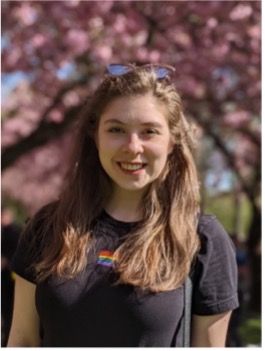
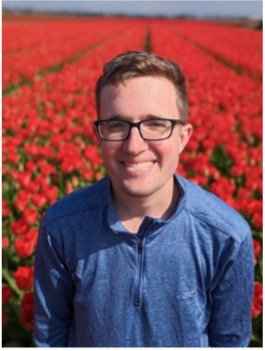
Modelling stellar streams as astrophysical probes of dark matter (workshop)
Sophia Lilleengen & Alex Riley
Dark matter is thought to account for 85% of the matter in the Universe, yet our best efforts to detect it using particle physics experiments have not succeeded. One of the most promising avenues to study dark matter is through its gravitational pull on stars and galaxies. As stellar systems fall into their host galaxies, they unravel due to the central galaxy’s tidal field, forming long, filament-like structures. These stellar streams are extremely sensitive to the local gravitational field, making them excellent probes of dark matter.
The census of stellar streams discovered around the Milky Way has exploded from 12 in 2012 to over 100 in 2023, with new telescopes providing unprecedented data on their motions and chemical properties. These exquisite observations demand new theoretical tools to understand how these streams formed and what they tell us about dark matter. Building on previous streams-focused meetings, we will host a workshop that assembles experts from around the world to chart the path from stream observations to constraints on dark matter in the era of large surveys. With the PDDTA, we will support participation for students and early-career researchers, helping to train the next generation of stream modellers.
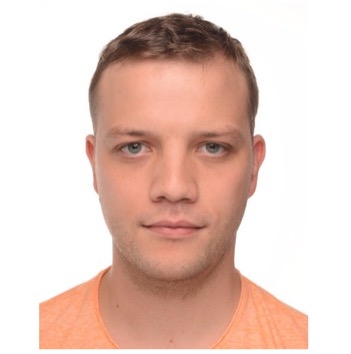
Top-quark Production with Parton Showers at the Precision Frontier
Daniel Reichelt
Top quarks are the most recently discovered fundamental fermions of the Standard Model of particle physics, first observed at the Tevatron collider at Fermilab in Chicago. Their theoretical description is an active topic of research that this project will focus on.
Large parts of the research programme at future colliders, for example the future circular electron-positron collider at CERN (FCC-ee), would be dedicated to studying their production. The accurate preparation and interpretation of these experiments require a precise understanding of higher order corrections to top quark production and their decay. The structure of these processes, where tops appear as internal resonances, makes an effective matching to parton showers employed in general purpose event generators particularly challenging.
The goal of the project is to elevate the precision of the relevant calculations, and study top quarks in electron-positron collisions for the first time with a Next-to- Leading Logarithmic (NLL) accurate dipole shower matched to Next-to-Leading Order (NLO) accuracy in the Sherpa framework. This developing talent award will allow me to go on a research visit to Fermilab to establish close collaborations and implement the necessary calculations within the Alaric parton shower. This collaborative effort will enable the next generation of top quark physics simulation and significantly advance our understanding of fundamental particles.
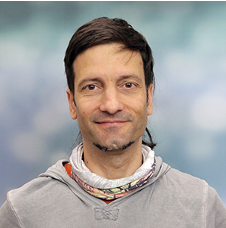
Using atmospheric turbulence for encryption of free space optical communication
Lazar Staykov
In this proposal, the chaotic nature of the atmospheric optical turbulence will be investigated for the purpose of encryption of a data stream in an Optical Free Space Communications (OFSC) channel.
Information security is paramount for the reliable functioning of our information-driven world. Most widespread methods for the secure sharing of information between two parties involves encryption of the signal. The rapid advance of quantum computing as well as already existing algorithms that rely on sufficiently powerful quantum computers pose a significant threat to existing state-of-the-art encryption methods [see Post-quantum cryptography, D. Bernstein & T. Lange, Nature (2017)].
Atmospheric optical turbulence (OT) is chaotic in nature and thus difficult to predict and control. It often is detrimental to the quality of optical signals propagating through the atmosphere. In a two-way OFSC channel, the majority of the noise is due to OT if there is a sufficient fraction that is correlated it can be used as encryption key.
A laboratory setup will be created which will simulate co-propagation of optical signal through atmospheric turbulence and measure the wave-front on both sides. This will establish the feasibility of the OT noise for secure communication.
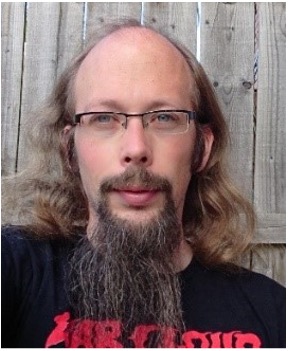
Towards quantum physics with low-cost telecom laser systems
Tobias Franzen
Atomic and quantum physics experiments place high demands on linewidth and frequency stability of the required lasers, which is usually provided by complex and expensive scientific laser systems. On the other hand the universal adoption of optical telecommunication has led to the widespread availability of inexpensive highly integrated lasers in certain wavelength ranges, which are not yet commonly used in quantum physics.
Yb atoms are a promising system for atomic quantum information and computing as they combine robust nuclear spin qubits with versatile optical manipulation, including the so-called clock transitions to metastable triplet states.
This project will demonstrate the use of inexpensive telecom lasers for coupling between the ground and metastable state of Yb. I’ll investigate methods to improve their linewidth and frequency stability to meet the demands of coherent coupling, laying the foundations for experiments coupling an Yb qubit to telecom wavelength links.


/prod01/prodbucket01/media/durham-university/departments-/physics/teaching-labs/VT2A9034-1998X733.jpeg)